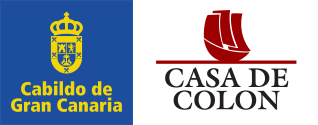El papel de la iglesia en el desarrollo de los textiles en Canarias: el caso de la seda / The role of the Church in the development of Textiles in the Canary Islands: the case of Silk
Resumen
La producción y exportación de seda en Canarias es un capítulo de suma importancia no solo para la economía sino para las artes suntuarias en Canarias, que abarca desde el siglo XVI a los inicios del siglo XIX. Sin embargo la riqueza que necesitaba la Iglesia para sus ornamentos obligó a la importación de artículos de mayor calidad que no se podían elaborar en las Islas. El patrimonio atesorado por sus principales templos nos permiten estudiar el gusto de los comitentes, así como la evolución de los diferentes lenguajes en relación con el producto de otros centros que conforman hoy en su conjunto un rico legado en el patrimonio cultural de Canarias. El texto termina con un estudio de las razones de la decadencia y finalización de esta industria en el Archipiélago.
The production and the exportation of silk is a very important chapter for the Canary Islands not only for the economy but also for the sumptuary arts. This period occurred between the XVI century and the beginning of the XIX century. Although, the riches that the Church needed for their ornaments forced it to import the highest quality articles that could not be made in the Islands. The artistic heritage amassed by the main churches allows us now to appreciate the taste of the same and the evolution of the different languages used in products from other parts that now form part of the rich legacy of the cultural heritage of the Canary islands. Finally the text ends with the reasons for the decline and fall of this industry in the Islands.








